1. SPATIAL DISPLAY MODEL
After a period of understanding the requirements and characteristics to display AR, the decision to write a content article is to clarify the process of displaying AR information through the interaction of different coordinate transformations.
As in the previous post, I mentioned multiple indirections that may be related to users viewing the AR world. The viewing experience can be mediated through feeds such as cameras and displays. In AR, they rely on a standard computer graphics pipeline to produce real world overlays. So when you interact with AR, regardless of the AR screen type, this pipeline includes model transformation, view transformation, and projective transformation.
- Model transformation : describes the relationship of 3D object coordinates and 3D real world coordinates, describing how objects are located in the real world.
- View transformation: describe the relationship of 3D real world coordinates and 3D view coordinates (observer or camera).
- Projective transformation: describes the relationship of 3D view coordinates and 2D device coordinates (screen).
The spatial model of most AR displays can be defined as a spatial relationship of up to five components: user eyes, screens, cameras, augmented objects and the real world. They describe the most important coordinate transformations here, so that each transformation can be fixed and calibrated, flexible or unrestricted.

2. VISUAL DISPLAYS
To understand today’s technologies, how AR is displayed in detail, we need to consider the following. Specifically, we will distinguish between the following types of 3D screens: stereoscopic approaches, holographic displays, light-field displays, and volumetric displays.
- Stereoscopic approaches rely on the screen with fixed focal planes, but are sometimes combined with other imaging methods.
- Holographic displays and light-field displays are closely related displays and the boundaries between them are sometimes blurred. Both methods involve recording (or creating) and playing back all the properties of light waves that represent a given scene.
- Holograms often use coherent light (lasers) to create and view. Light-field displays usually operate with intermittent light. Light-field displays can come in many forms, including volumetric displays , multi-projector arrays and near-eye displays using microlenses.
Here are some popular screens today:
1. Near-Eye Displays
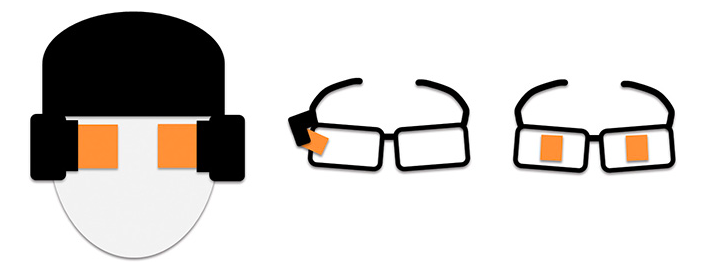
2. Optical See-Through Head-Mounted Display
An HMD OST requires an optical combination unit to mix virtual and real, using a beam splitter to reflect the image from the LCD screen into the viewer’s eyes, while allowing front view images to be viewed. The difficulty with OST AR displays is how to control the level of light that the monitor allows from the outside world.
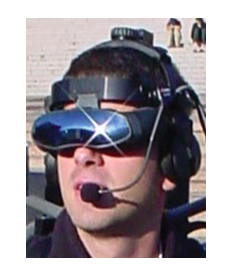
Recent OST display designs such as those from Lumus use more advanced optics. Lumus’s design is to bring the output from a miniature projector into a special lens, where light passes through internal reflection and refraction.
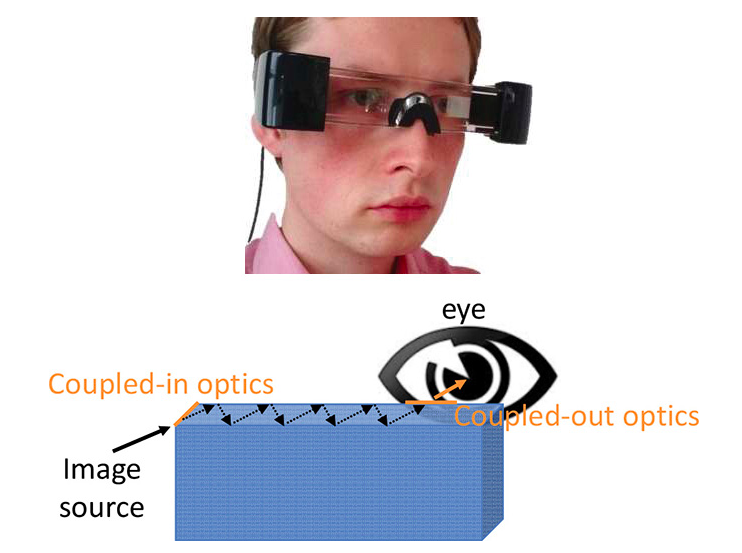
3. Virtual Mirror
A virtual mirror uses the front camera to take a picture of the user and shows it reflected through the vertical axis, to create an impression when looking into the mirror. This type of setup, of course, is best suited for applications that allow users to try on virtual clothes or outfits. It can be conveniently carried out using computers that already have a built-in camera. In order to place objects precisely related to the user, the user’s body and head need to be monitored. This can be done with only one camera or multiple cameras 
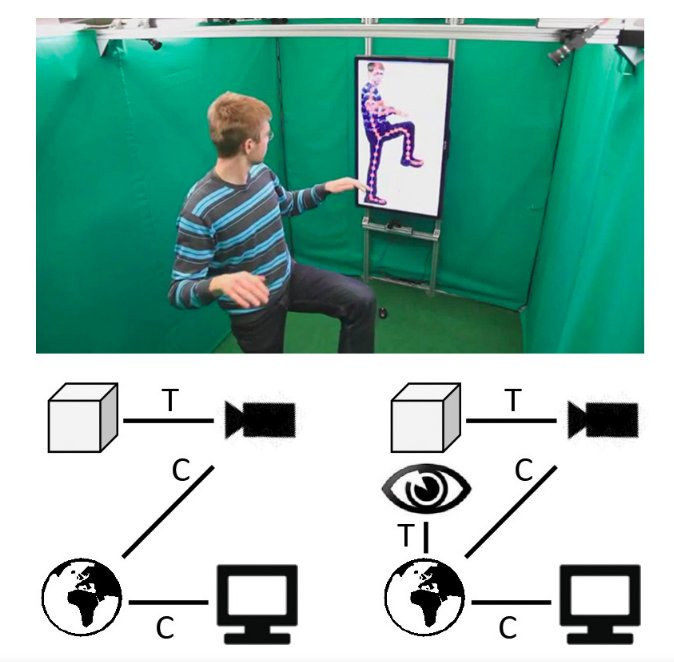
4. Virtual Showcase
Virtual Showcase is also a type of virtual mirror, but has a different configuration, similar to a stationary variant of OST HMD. A semi-transparent mirror separates the observer from the observed object. Mirrors incorporate the reflection of the screen mounted above or below, so that computer-generated images are reflected toward the viewer.
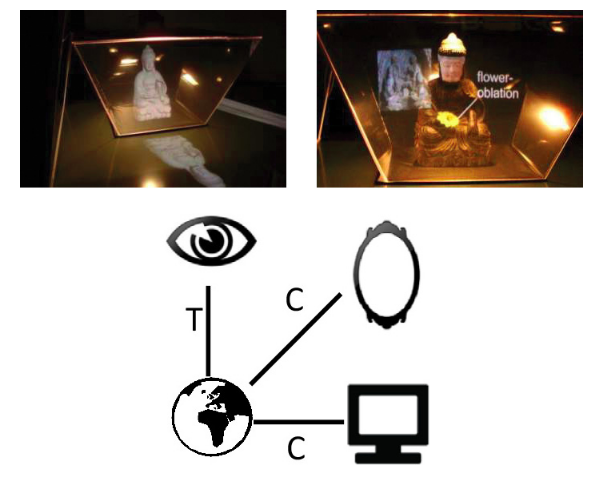
5. Window and Portal Displays
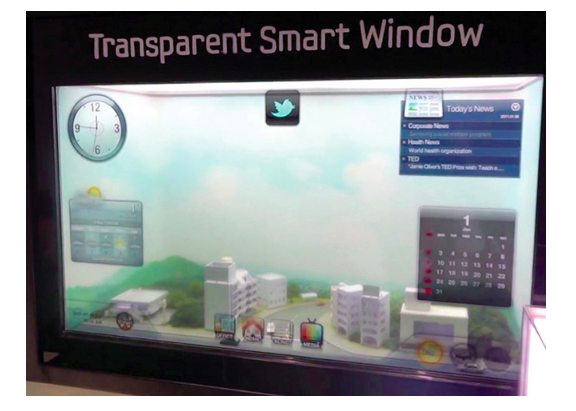
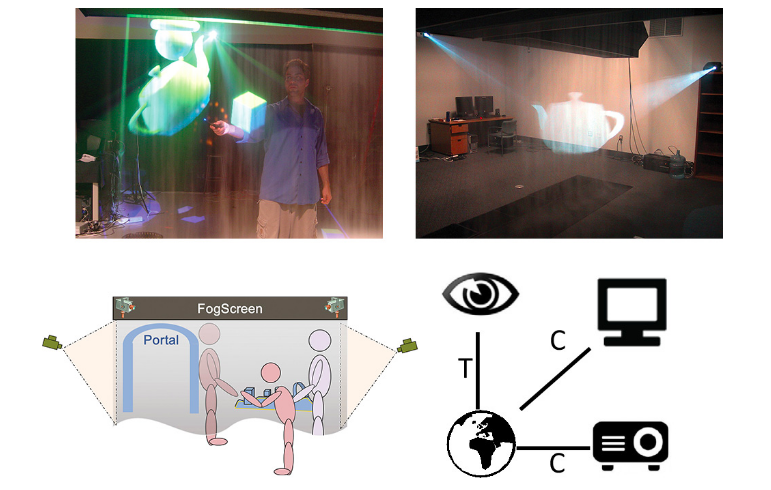
6. Spatial Augmented Reality
The projector can be used to create spatial AR without any clear screen. With this method, projections are reflected directly from the surface of real objects, changing their appearance with the naked eye. Projection cannot change the shape of an object, but adds surface details, textures, and shadows.
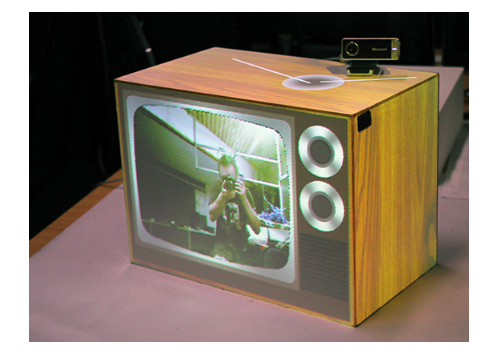 Space AR can be used to turn objects into structural models.
Space AR can be used to turn objects into structural models.
Welcome to Augmented Reality
